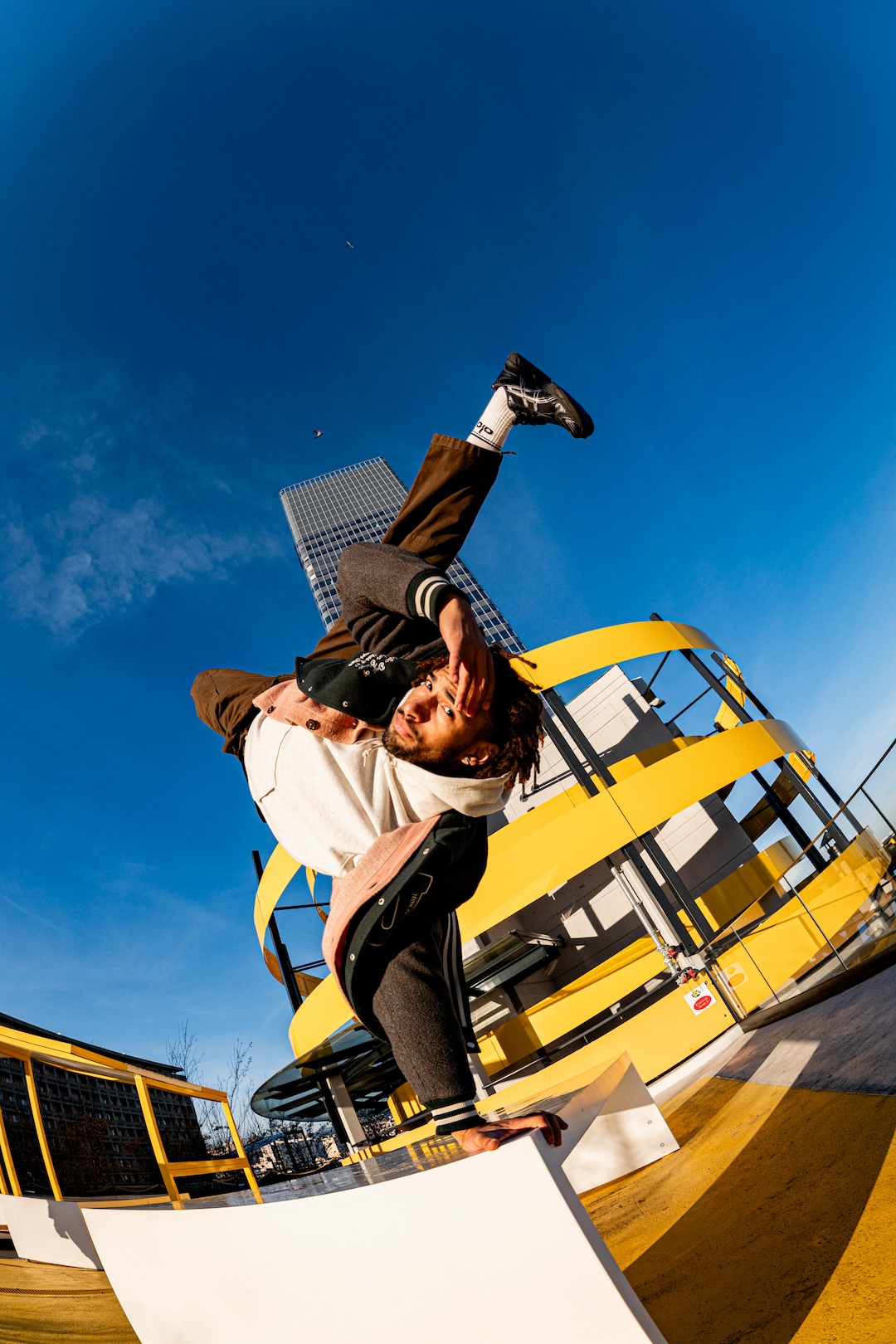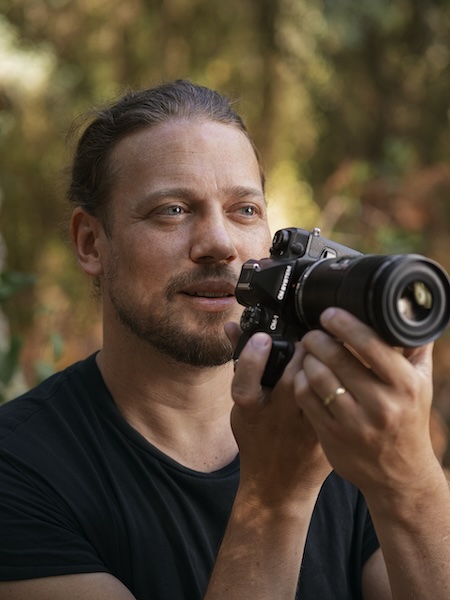This summer, the Federal Aviation Administration published a set of rules for commercial drone use, an act that seemingly cleared the air for the widespread use of drones for filmmaking and photography.
But according to aviation experts who spoke at PhotoPlus Expo, there’s still plenty of choppy air ahead.

According to the panel, there are two looming issues that drone users need to be aware of.
The first is state-by-state regulations that are looking to crack down on drone flights and drone filmmaking due to privacy concerns. According to Brendan Schulman, Vice President of Policy and Legal Affairs at DJI, states such as California and Florida are eyeing restrictive laws that could hinder the free use of drones as aerial imaging platforms. “The real legislative action next year is going to be at the state level,” Schulman says.
For photographers looking to keep drone photography and cinematography alive in their local communities, actively engaging with local authorities to educate them about drones is key, Schulman says. “Many [state legislators] have never even seen a drone,” he says.
The second threat is the potential for large commercial drone operators–Amazon, Google, UPS and FedEx–to carve out exclusive use of airspace, effectively freezing out photo drones. These operators are actively working on drones for delivery services.
John Goglia, former member of the National Transportation Safety Board and aviation authority, says this threat is more than just theoretical. FedEx and UPS have tremendous pull in Congress, far more than the nascent drone community, he says. If they successfully lobby for exclusive air space, manufacturers could be forced to build in limitations to keep drones from flying into restricted airspace–just as DJI now enforces restrictions around airports and Washington, D.C.
“It’s going to be scary for those who want to fly and take pictures, space can be be taken away for drone deliveries. We have to make sure we have space,” says commercial drone advocate, Gretchen West.
So, what should drone owners do? We’ve distilled the panel’s suggestions into a few points:
- Get FAA certified. There are 15,000 commercial drone pilots who have registered for FAA certification to date and all the panelists urged photographers and filmmakers to do the same.
- Know the law. Even with FAA certification, you cannot fly a drone over people without a special exemption–securing those exemptions isn’t easy but they’re absolutely crucial to ensure legal compliance.
- Have a preflight plan before every shoot. Specifically that means performing safety checks before you fly. If an accident occurs, drone pilots need to be able to show they performed a risk assessment or preflight plan before they used their aircraft, Goglia says. Such preflight tests include route plans and options for avoiding flying over people.
- Fly safe. “Anyone who flies has a responsibility to the industry to be as sensitive as you can be so you don’t motivate people to crack down on drones,” says Loretta Alkalay, an aviation attorney and adjunct professor at Vaughn College of Aeronautics and Technology. “You have to think about how you’re flying.”
- Actively engage your local and state representatives to educate them about drone use. The more they know, the less likely they will be to pass unduly restrictive laws.
Despite the concerns expressed by the panel, Schulman was quick to stress just how safe drones have proven. “There have been zero fatalities” associated with drones, he says.





